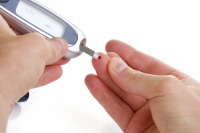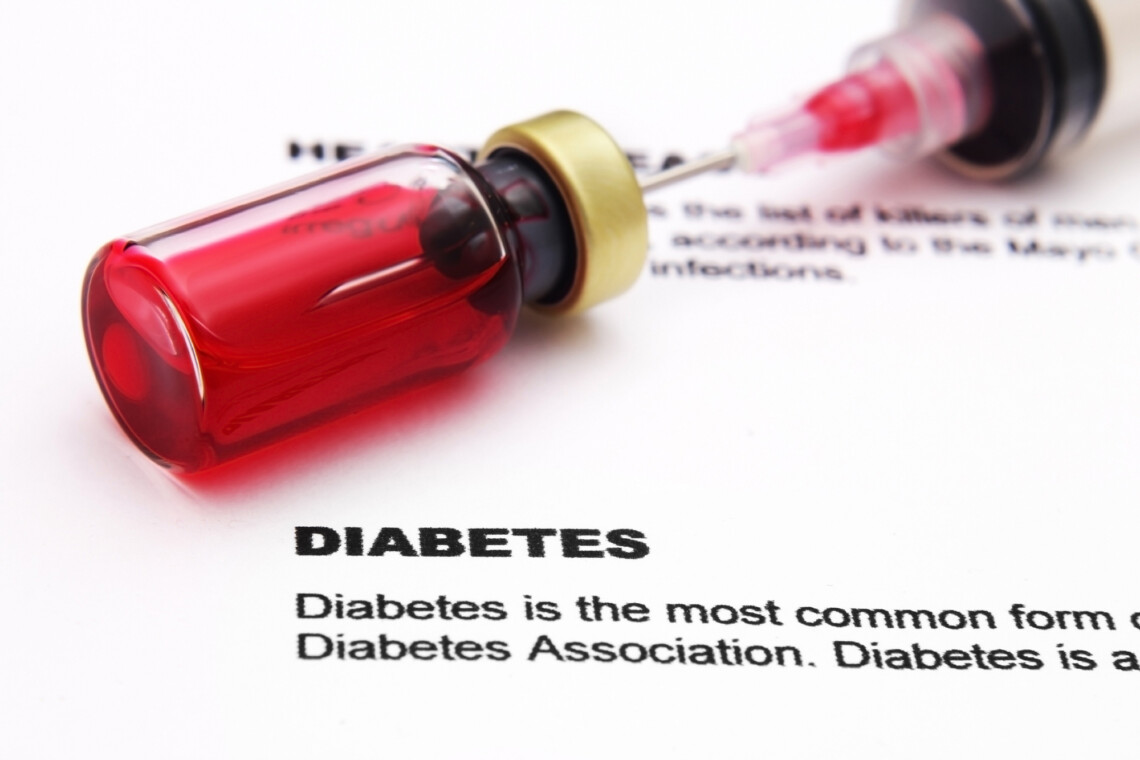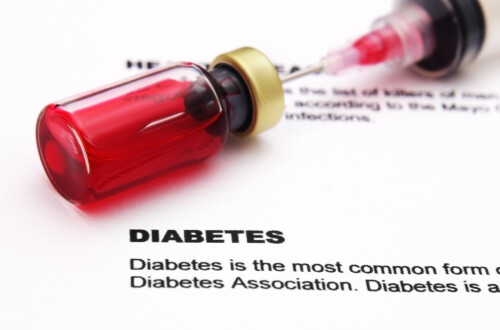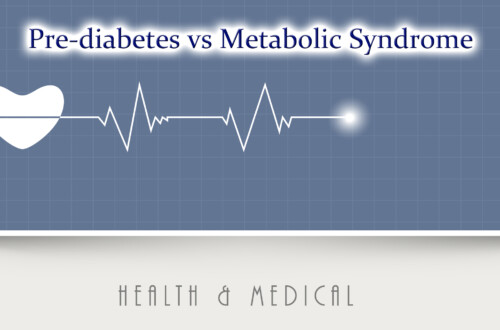Two Important Tests for Diagnosing Pre-Diabetes
Pre-diabetes is metabolic condition that is diagnosed when a person has either Impaired Fasting Glucose (IFG), or Impaired Glucose Tolerance (IGT).
There are two blood tests that are generally used to diagnose or confirm pre-diabetes. Both of these tests are usually done in the laboratory and involve drinking a sugary solution and having blood drawn from a vein.
The two main tests used in diagnosing pre-diabetes are:
These tests do not check insulin levels – they only check your blood glucose (blood sugar) levels. It is possible to have normal blood glucose levels but abnormally high insulin levels (insulin resistance).
To rule out insulin resistance you need to have your fasting insulin levels checked and tested whenever you have blood drawn from a vein to check glucose levels.
If blood tests show that you have impaired fasting glucose (IFG) or impaired glucose tolerance (IGT) your doctor may suggest changes in your diet and exercise, or prescribe medications to help reduce your risk of developing type 2 diabetes.

You can easily check your morning fasting blood sugars at home. You can purchase blood glucose meters over the counter without a prescription at any pharmacy or drug store. If your blood sugar is not normal, call your doctor right away for medical advice.
Morning Fasting Glucose Test (Fasting Blood Sugar)
A fasting blood sugar test can be done with a simple finger stick using a home blood glucose testing kit, or in your doctor’s office. Some doctors might send you to a lab to have blood drawn other work done at the same time.
If your doctor only wants to know your blood sugar levels and you have to pay for your lab work, be sure to ask your doctor about doing a finger stick (just like a person with diabetes does when they check their blood sugar) in his office – it is a lot cheaper and the results take less than 5 seconds.
2-Hour Glucose Tolerance Test
A person that is insulin resistant often has elevated fasting blood glucose (blood sugar) levels, but some patients with insulin resistance may have normal blood glucose (fasting and after meals), and might even “pass” an oral glucose tolerance test (OGTT). But in order to maintain normal glucose levels, a person that is insulin resistance will over produce insulin. When insulin levels are elevated it is called “hyperinsulinemia.”
If tests show that you have impaired fasting glucose (IFG) or impaired glucose tolerance (IGT), your doctor may suggest changes in diet and exercise to reduce your risk of developing type 2 diabetes. More About 2-Hour Glucose Tolerance Tests
Who should be tested for pre-diabetes?
If you are at risk for pre-diabetes, or have symptoms of insulin resistance, see your doctor. An early diagnosis of pre-diabetes can help you take important steps to reverse the condition and avoid developing type 2 diabetes in the future. To find out if you should be tested, read, “Who should be tested for pre-diabetes?”





